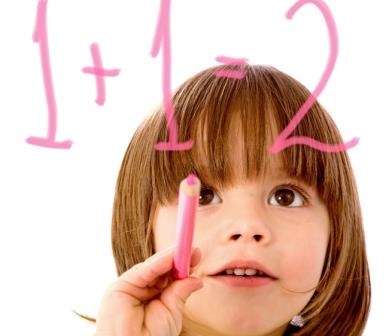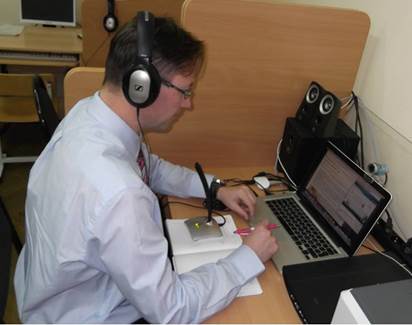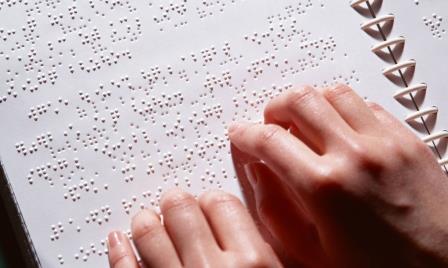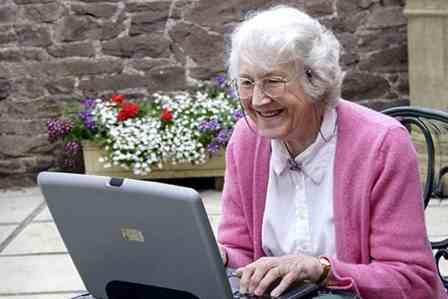VOLKOV V., MODESTOVA T. ON THE PROBLEM EVALUATION OF THE EFFECTIVENESS OF FORMATS OF PROFESSIONAL DEVELOPMENT OF TEACHERS. LIFELONG EDUCATION: The 21st Century.
2022. № 3 (39).
DOI: 10.15393/j5.art.2022.7855
| Issue 3 (39) |
Human and teaching resources of continuing education |
|
ON THE PROBLEM EVALUATION OF THE EFFECTIVENESS OF FORMATS OF PROFESSIONAL DEVELOPMENT OF TEACHERS
 | | VOLKOV Valerii N.
PhD in Pedagogy, Deputy Director for Scientific Activity
Academy of Digital Technologies
(St. Petersburg, Russian Federation)
vvn2000@hotmail.com |
 | | MODESTOVA Tatiana V.
PhD in Pedagogy, Director
Information and Methodological Center of the Petrogradsky district of St. Petersburg
(St. Petersburg, Russian Federation)
tm28@yandex.ru |
Keywords:
additional professional education; professional development of teachers; formats (technology) of professional development; evaluation of the effectiveness of professional development. |
Abstract: determining the goals, conditions and effects of professional development of teachers is a significant and promising area of research: currently, this area is being actively studied in scientific and pedagogical aspects. In this context, the tasks of increasing the diversity of teachers professional development formats are actualized. The effectiveness evaluation, taking into account their multi-tasking and demand are developed. The article presents the prerequisites, the ideas and the results of the research initiated and conducted in 2022 among the teachers of St. Petersburg (Russia). The idea of the study appeared in the process of organizing additional professional education programs, subsequently going beyond the scope of directly educational tasks. The analysis of the obtained data allowed the authors to evaluate the effectiveness of 22 technologies (formats) of teachers profes-sional development to confirm the proposed version of their classification, at the same time identifying the terminological dissonance that requires clarification. The authors also formulated some conclusions and recommendations on the choice of technologies for the development of school teachers.
|
Paper submitted on: 05/06/2022; Accepted on: 08/25/2022; Published online on: 09/26/2022.
References
- Vesmanov S. V., Jadko N. V., Vesmanov D. S., Istochnikov V. V. Prospects of the teachers profession: from conveying knowledge to modern educational technologies. In: Vestnik Moskovskogo gorodskogo pedagogicheskogo universiteta Seria: Pedagogika i psihologia.. 2019. № 3 (49). P. 52–60. (In Russ.)
- Volkov V. N. Definition of tasks and selections of tools for professional development of teachers. In: Nepreryvnoe obrazovanie. [Lifelong education]. 2022. № 1 (39). P. 22–26. (In Russ.)
- Grishina I. V. Designing the directions of school teacher’s advanced training and retraining based on the results of monitoring the effectiveness of their management activities. In: Pedagogicheskaja nauka I praktika. 2021. № 3 (33). P. 27–35. (In Russ.)
- Modestova T. V. Formats of professional interaction as a resource for teacher development. In: Tendencii razvitia obrazovania. Moscow, 2020. P. 246–258. (In Russ.)
- Petrenko A. A. Development of the theacher’s competence in the conditions of additional professional education. In: Chelovek i obrazovanie. 2021. № 4 (69). P. 212–220. (In Russ.)
- Pudenko T. I., Potemkina T. V., Rudneva A. A. External quality assessment of general education as a factor of teachers’ professional development. In: Obrazovanie i nauka. 2017. Vol. 19. № 6. P. 52–70. (In Russ.)
- Starikova M. S. Problems and limitations of the current system of additional professional education in the public sector. In: Innovacii v obrazovanii. 2021. № 7. P. 61–78. (In Russ.)
- Temnyatkina О. V. Study of motivational readiness of teachers for continuous professional development. [Electronic resource]. In: Mir nauki. Pedagogika I psyhologia. 2021. Is. 9. № 1. Electron. dan. URL: https://mir-nauki.com/PDF/08PDMN121.pdf (date of access: 18.07.2022). (In Russ.)
Displays: 1335; Downloads: 326;
DOI:
http://dx.doi.org/10.15393/j5.art.2022.7855













